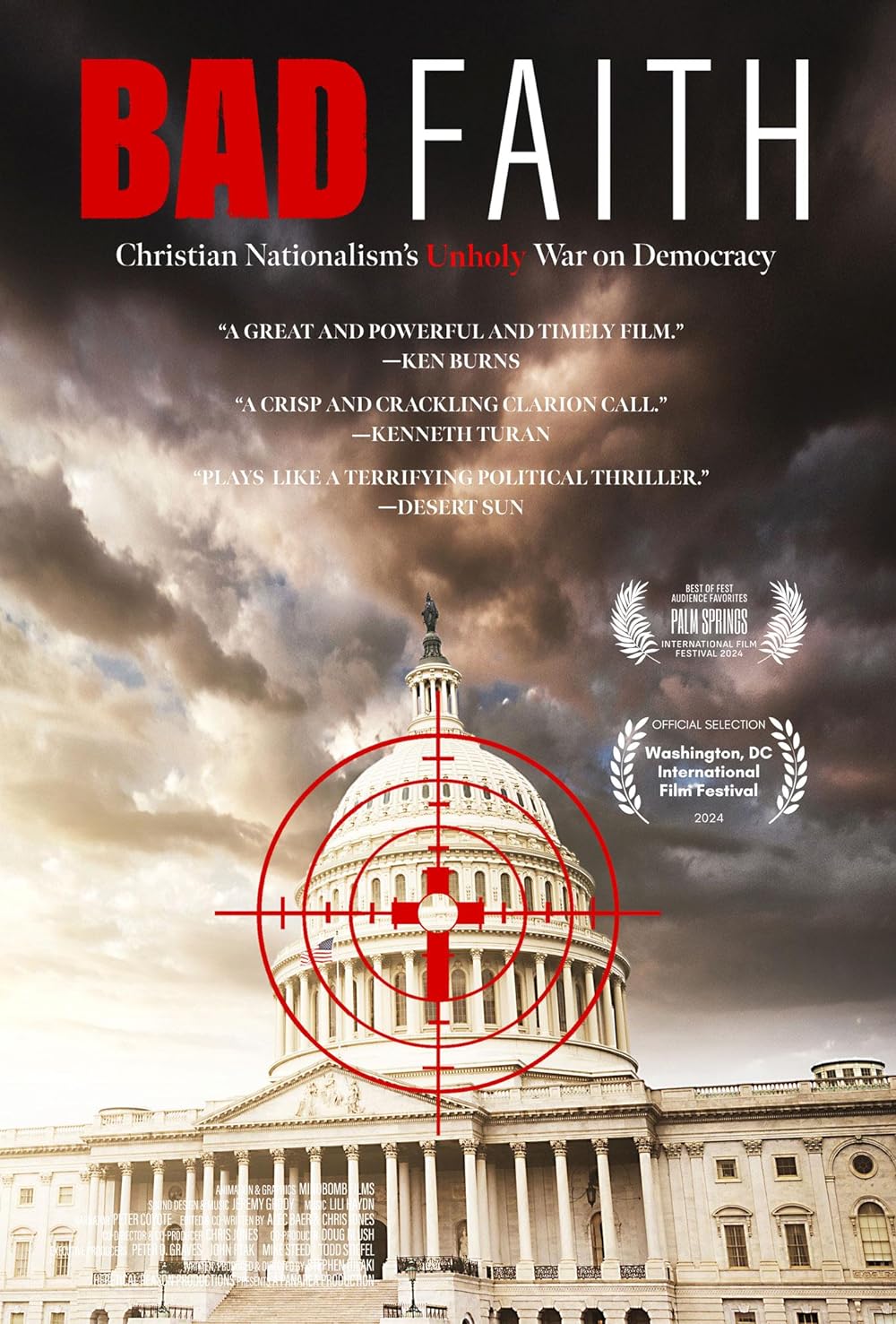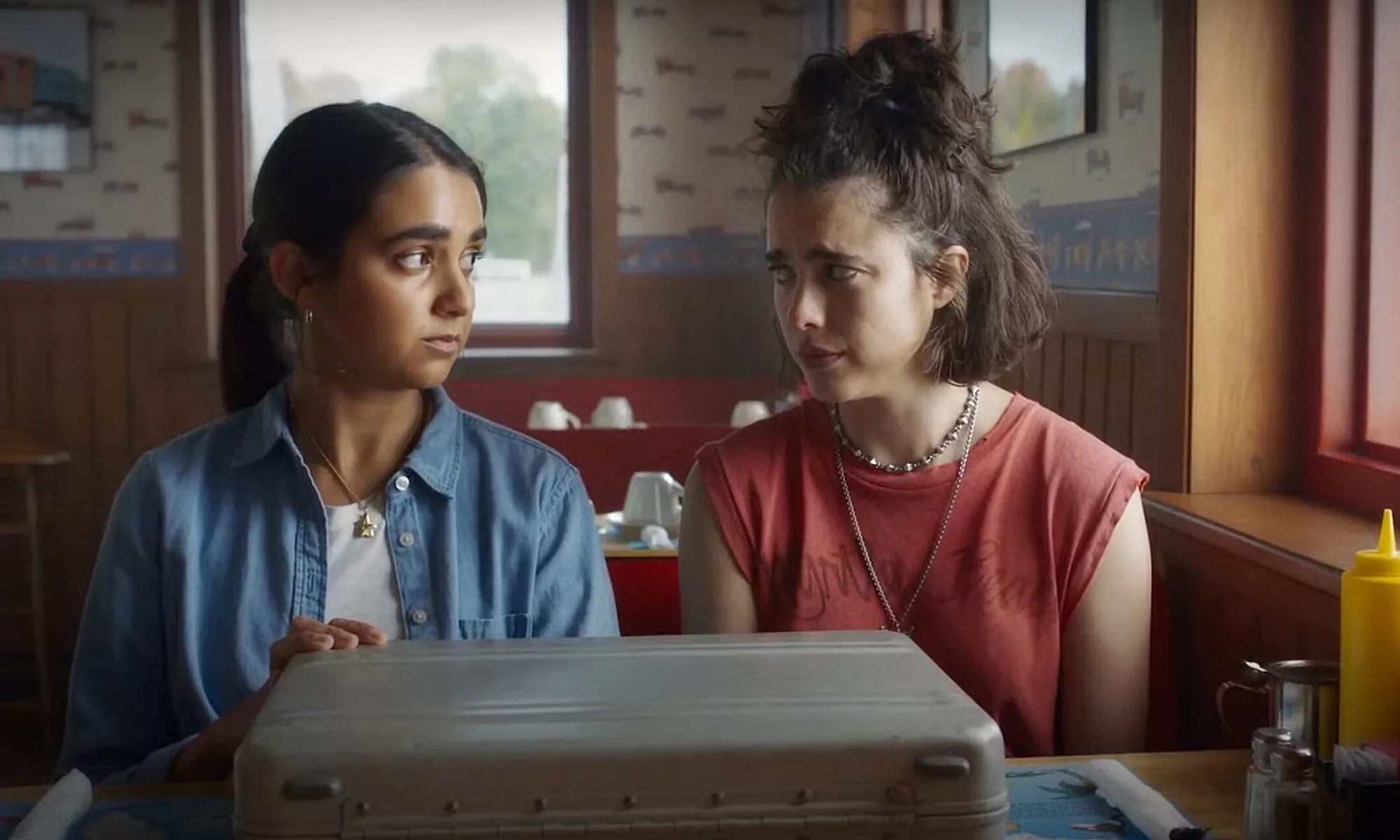Resident Evil: Apocalypse
Posted on September 9, 2004 at 6:50 pm
C| Lowest Recommended Age: | Mature High Schooler |
| Profanity: | Frequent strong language |
| Nudity/ Sex: | Non-sexual nudity, bare breasts |
| Alcohol/ Drugs: | Cigarettes |
| Violence/ Scariness: | Constant graphic and intense peril and violence, many characters killed |
| Diversity Issues: | Diverse characters, exceptionally strong women |
| Date Released to Theaters: | 2004 |
That nasty old Umbrella Corporation, “the largest and most powerful corporation in the world,” is up to its bad old tricks again. This time the evil virus that it unleashed in its huge underground facility, The Hive, in Resident Evil has gone above ground and is infecting the residents of Raccoon City. The virus kills them. But then “they don’t stay dead.”
So, that means zombies. Lots and lots of zombies. Zombie grown-ups and zombie children. Flying zombies. Climbing out of grave zombies. A Komodo dragon-like zombie with a long lashing tongue. Bare-breasted hooker zombies. And, in a repeat from the first movie, zombie Dobermans that look like they have been turned inside out. And then there is a sort of zombie terminator creature with really big teeth.
Alice (Mila Jovovich) was once head of security in The Hive who then fought the mutants and zombies who took it over. Now, following various experiments in the Hive, she has enhanced powers. She joins an intrepid group trying to escape from Raccoon City, which has been quarantined so that no one can leave. But first they must rescue the young daughter of a scientist so that he will tell them how to get out.
The group includes a reporter with a video camera, two military rescue operatives, and a smart aleck (Mike Epps). Still more videogame than story, it’s mostly a series of confrontations — in a church, in a school, on the street, with guns, with knives, with kick-boxing, with rocket launchers and grenades. And there’s hand-to-hand combat with a beauty and a beast.
It’s pretty much by the numbers — two beats, then a fake-out, two beats, then a jump-out-at-you surprise. This stuff works a lot better as a game than as something unfolding in front of you without any chance to interact with it. But it is a slight improvement over the original, thanks to a lively and likeable performance by Epps and a couple of funny moments to break the tension. Pay attention at the end of the scene with the zombie Dobermans for the best one.
At the end of the movie, one of the characters gets, well, rebooted, and the clear implication is that “Resident Evil 3” is in the works. Now that’s scary. Like the zombies it depicts, this franchise won’t stay dead.
Parents should know that this movie has extremely gross and graphic violence, with many disgusting deaths and gross monsters. There are a lot of “ewwwwww” moments. Characters are in extreme peril and most of them are killed. A character commits suicide and another attempts it. There is very strong language and non-sexual nudity. A strength of the movie is the portrayal of exceptionally capable and courageous women, though of course they dress for combat in very scanty clothing.
Families who see this movie should talk about the enduring appeal of zombie movies, the challenges of turning a game into a story, and how different organizations try to influence the news. What did it mean to say that the STARS had become “expendable assets?” What can keep a corporation from becoming as powerful as Umbrella Corp? What’s the difference between mutation and evolution?
Families who enjoy this movie will enjoy the much better The Fifth Element, also starring Milla Jovovich, Aliens, and zombie movies like 28 Days Later, Dawn of the Dead, and the “zom-rom-com” (zombie romantic comedy) Sean of the Dead.






